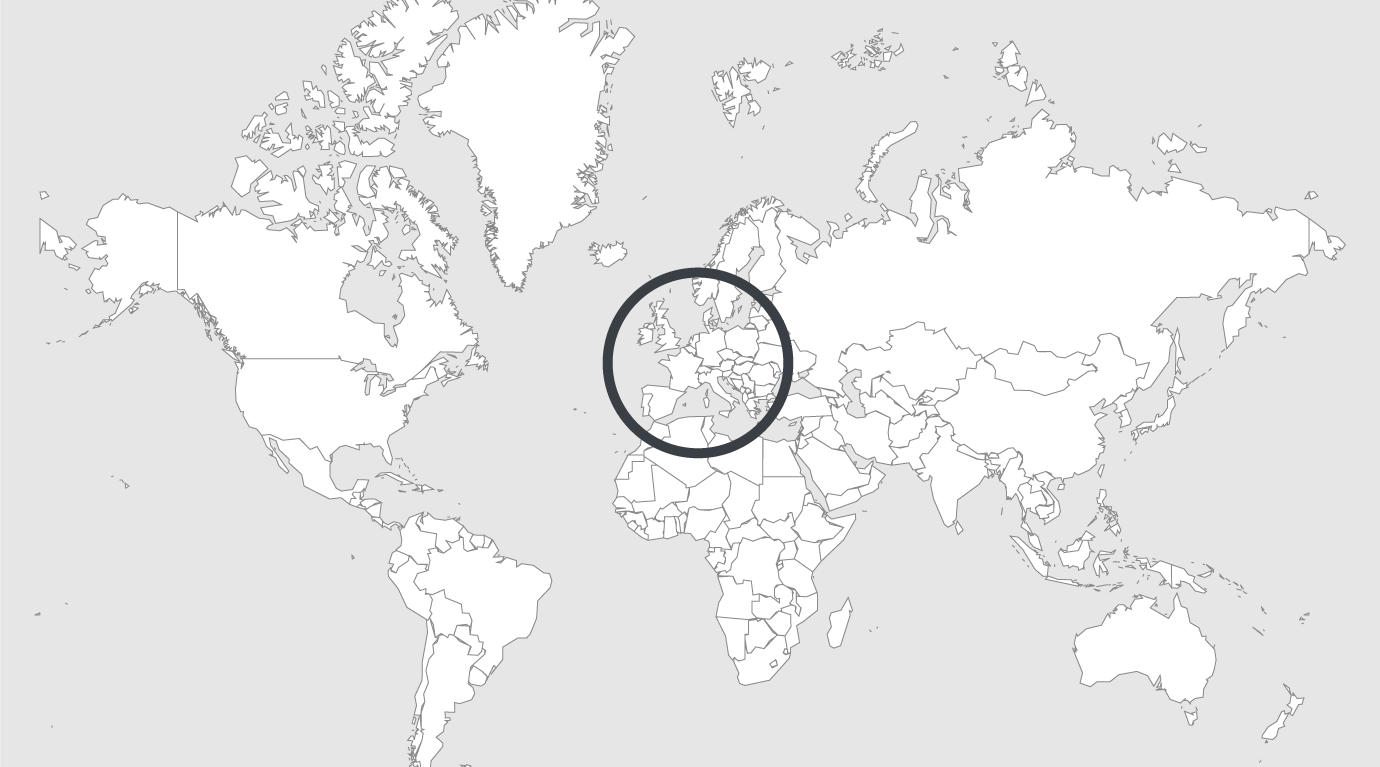
Explore
United Kingdom: CT child advocate report, adult prison system is no place for minors
The 18-year-old didn’t want to be in jail, he told Department of Correction officials one day in 2019, as he covered the window in his cell with a sheet and mattress. He wanted to be with his family.
He was being held in a “Restrictive Housing Unit” at Manson Youth Institution in Cheshire, confined to his cell for up to 23.5 hours each day. He was upset and wasn’t responding to efforts by prison staff to calm him. Instead, he threatened to hang himself.
Staff members pepper-sprayed him and put him in restraints, shackling his wrists and feet.
“That is not a mental health response to a youth with significant mental health needs,” said Sarah Eagan, the state’s Child Advocate. “That is a correctional response.”
The Office of the Child Advocate recounted the teenager’s experience in a report it released Tuesday morning. The 75-page document examines the conditions of confinement for youth and young adults up to age 21 incarcerated in Manson Youth and York Correctional Institutions.
Among the key findings is that the adult prison system is not an appropriate place for minors — despite prison administrators’ strides in implementing restorative justice circles in units where children are confined, increasing minors’ access to recreational activities and ending their long-term solitary confinement.
“Most youth entering the prison system have significant histories of unmet needs, abuse and neglect, psychiatric disabilities and substance abuse disorders. They may lack a consistent guardian, adequate housing and community support,” the report reads. “Yet, the prison system’s methods of intervention are rooted in traditional corrections practice and not in best practices for serving children and youth with complex mental health, education and child welfare histories.” Due to the racial disparities in the state’s incarcerated population, Eagan’s investigation focused mostly on the experiences of Black youths, since they make up about 60% of youths age 15 to 21 at Manson, and 55% of young people at York.
The yawning chasm between the developmental needs of children and youth and prison practices is most apparent in the Child Advocate’s findings regarding the use of pepper spray, frequent or prolonged confinement in cells, inadequate mental health services and restraint, and pepper-spray use on young people experiencing a mental health crisis.
The Child Advocate credited the DOC’s efforts at reforming its practices at Manson and York after its 2019 report but said the lack of rehabilitative services and harmful isolation practices “continue to create serious and even dire concerns that state policy-makers must urgently address.”
Those policymakers, the report states, “must determine what the purpose of the correctional system is, whether it functions to control, punish or to rehabilitate youth,” and consider the implications of that purpose for “future reforms and investments.”
The report claims the limitations are structural problems of the adult correctional model, an assertion the DOC intimated in its responses to the report. DOC staff told the Child Advocate that having a more rehabilitative focus would be better but staff lack the resources because of all the other duties they have. And existing department policies were crafted with adults, not youths, in mind.
As one administrator told investigators, “everything that we do here that works goes against DOC directive.”
Eagan stressed that the department is fulfilling the function it’s charged with, pushing back against any notion that the Child Advocate is locked in an adversarial relationship with the state’s prison system.
“If there’s somebody who is responsible, it’s the state,” Eagan said. “Seismic changes are needed to make it rehabilitative for youth of any age.”
The report didn’t just focus on conditions of incarceration for 15- to 21-year-olds in the year following the 2019 OCA report; it also tracks prison conditions for the same age group following the state’s COVID-19 shutdown in March.
“The facility did successfully maintain a low infection rate among staff and youth, and OCA found that this was at least partly attributable to the shutdown of facility programming and a reliance on a prolonged and alarming degree of cell confinement for all youth age 15 to 21 over a period of several months,” the report reads.
Fewer than 50 boys were held at Manson between March and July 2020, as well as about 200 young adults up to age 21. There were only two girls held at York in the same timeframe, and approximately 20 young women up to age 21.
The Child Advocate kept in touch with incarcerated young people via phone during the beginning of the pandemic and visited Manson three times over the summer.
In a visit on June 5, the Child Advocate learned most of the youths had not turned in any school work over the first three months of COVID-19.
Youths told the Child Advocate in phone interviews that officials slid homework under their cell doors every few weeks between March and June. Most said they were unable or unwilling to do the work on their own. They reported that they didn’t meet with support staff to review or complete their work. They frequently asked when they could go back to school, the report says, explaining that it was a high priority for them, “in part because it was an opportunity to be out-of-cell for several hours a day.”
The Department paused all in-person programming at York between March and August. With no schooling or other structured programming activities, minors under 18 were held in their cells for up to 22.5 hours a day.
Youth between the ages of 18 and 21 were held in their cells for 22 to 23 hours each day. Some of the young adults were allowed out of their cells for work, which mostly involves janitorial duties or food distribution.
